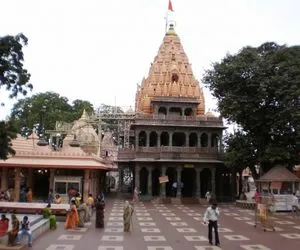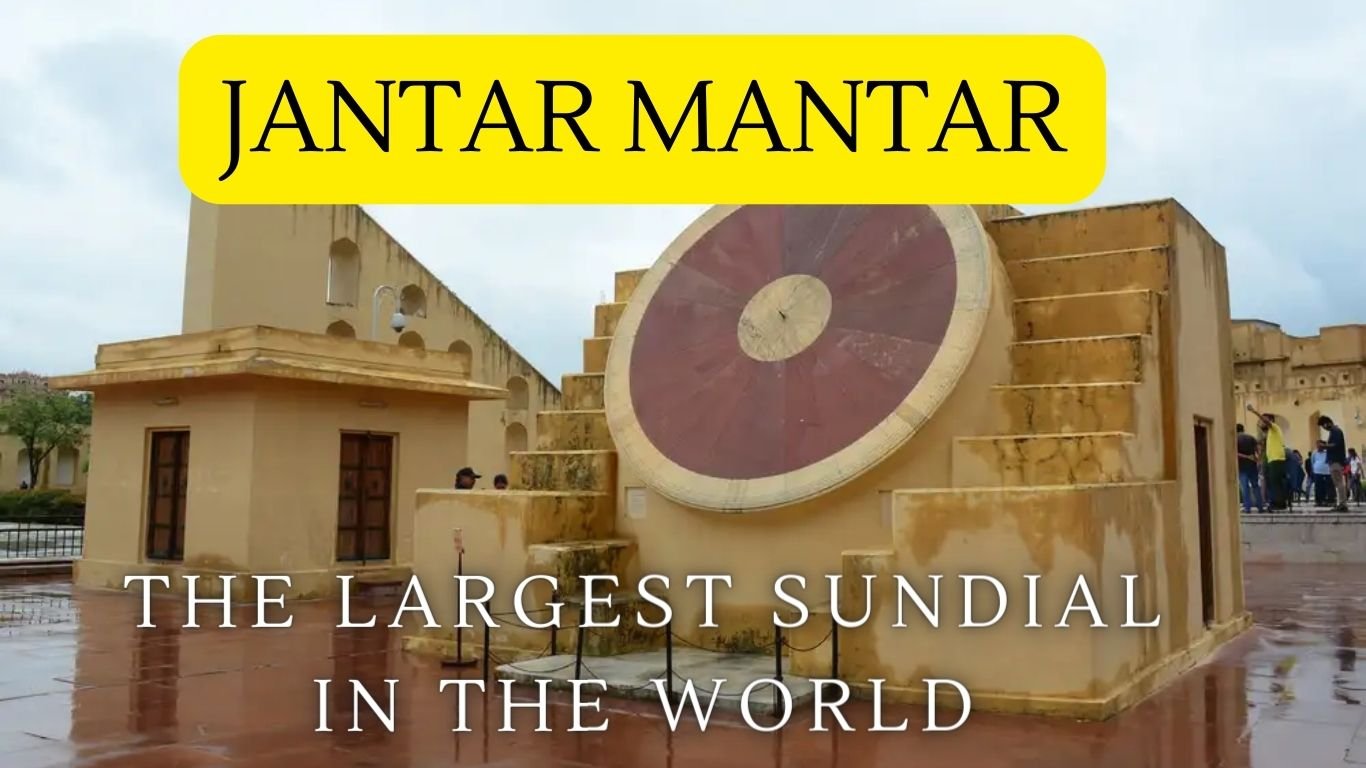According to Shiv Puran, each of the twelve jyotirlinga sites take the name of the presiding deity. Each considered a different manifestation of Shiva. At all these sites, the primary image is lingam representing the beginningless and endless Stambha pillar. In Mahakaleshwar Temple, the Jyotirlinga is dakshinamukhi, which means that it is facing the south. It is a unique feature that is only found in Mahakaleshwar Jyotirlinga out of all 12 jyotirlingas.
Mahakaleshwar Temple

Mahakaleshwar Jyotirlinga is a Hindu temple dedicated to Lord Shiva. It is one of the twelve Jyotirlingas. There is a popular legend associated with this jyotirling.
According to legend, King Chandrasena of Ujjain was a great devotee of Lord Shiva. While he was praying, a young boy, Shrikhar wished to pray along with him. However, he was not allowed to do so and was sent away to the outskirts of the city. There, he overheard a plot to attack Ujjain by enemy kings Ripudamana and Singhaditya with the help of a demon named Dushanan.
He began to pray to Lord Shiva to protect the city. Vridhi, a priest heard his prayers and also prayed to the Lord to save the city. In the meanwhile, the rival kings attacked Ujjain. They were almost successful in conquering the city when Lord Shiva came in his Mahakal form and saved them.

Upon the request of his devotees Shrikhar and Vridhi, Shiva agreed to reside in the city and become the chief deity of the Kingdom. He also agreed to take care of it against its enemies and to protect all of his devotees. From that day on, Shiva resided in his light form as Mahakala in a Lingam. The Lingam was formed on its own from the powers of Shiva and his wife, Parvati. Shiva also blessed his devotees and declared that people who worshiped him in this form would be free from the fear of death and diseases. Also, they would be granted worldly treasures and be under the protection of Shiva himself.
History of Attacks
The temple complex was destroyed by Sultan Shams-ud-din Iltutmish during his raid of Ujjain in 1234-5. The Jyotirlinga was dismantled and believed to be thrown into a nearby ‘Kotiteerth Kunda’ with the Jaladhari stolen during the invasion.
The present structure was built by the Maratha general Ranoji Shinde in 1734 CE after Baji Rao I appointed him to collect taxes in the Malwa region. Further developments and management was done by other members of the Shinde dynasty, including Mahadji Shinde (1730–12 February 1794) and Daulat Rao Shinde’s wife Baiza Bai. (1827–1863). During the reign of Jayajirao Shinde (until 1886), major programs of the then Gwalior State used to be held at this temple.
The Maratha Empire regime was established in Ujjain in the 4th decade of the 18th century. The administration of Ujjain was assigned by Peshwa Bajirao-I to his faithful commander Ranoji Shinde, the Diwan of Ranoji was Sukhatanakar Ramchandra Baba Shenavi who was very wealthy. He decided to invest his wealth for religious purposes. In this connection, he re-built the Mahakaleshwar Temple during the 4th-5th decades of the 18th century.
After India became independent in 1947, the Mahakaleshwar Dev Sthan Trust was replaced by the municipal corporation of Ujjain. Nowadays it is under the collectorate office of Ujjain district
About the Mahakaleshwar Temple

The idol of Omkareshwar Mahadev is consecrated in the sanctum above the Mahakal shrine. The images of Ganesh, Parvati and Karttikeya are installed in the west, north, and east of the sanctum sanctorum. To the south is the image of Nandi, the vehicle of Shiva. The idol of Nagchandreshwar on the third storey is open for darshan only on the day of Nag Panchami. The temple has five levels, one of which is underground. The temple itself is located in a spacious courtyard surrounded by massive walls near a lake. The shikhar or the spire is adorned with sculptural finery. Brass lamps light the way to the underground sanctum. It is believed that prasada (holy offering) offered here to the deity can be re-offered unlike all other shrines.




